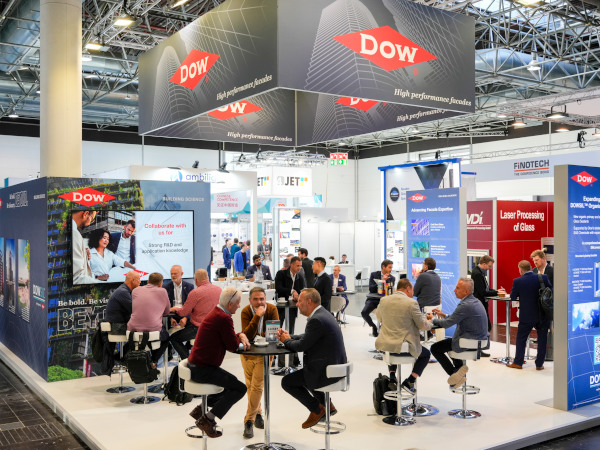Date: 26 November 2015
It was founded in 1938 as part of the National Museum of Natural History, and is dedicated to the study of the history, development and evolution of mankind down through the centuries and millennia.
Located in the Passy wing of the historic and prestigious Palais du Chaillot in the Place du Trocadero, the Musée de l'Homme has undergone a comprehensive architectural renovation under the direction of architects Brochet-Lajus-Pueyo, winners of a contest launched in 2006 for the redesign of the interior spaces. The museum outfitting was designed by Zette Cazalas’ Zen+dCo agency.
Permasteelisa Group worked closely with Zen+dCo to design and implement all the structures needed to display the important exhibits the museum owns, including the only intact Cro-Magnon man skull. The Permasteelisa Group lent its expertise to the renovation project, transforming the architects’ visual and tactile ideas into reality.
.jpg)
The new Musée de l'Homme has a total space of 16,000 sqm (172,200 sq ft) covering four floors. There are more than 3,000 sqm (32,200 sq ft) of museum exhibition space and over 70,000 items on display. They are organised into three general themes – understanding mankind and our relationship with other living things, mankind’s origins and an examination of how we should adapt to tomorrow’s world.
The new architectural design was inspired by concepts like transparency, integration and harmony with the environment. This was achieved through the extensive use of natural light, enhanced by enlarging the existing windows and removing part of the ceiling in the main pavilion to create a light well. This allows light to flood into the central areas of the museum.
Permasteelisa’s role in fitting out the Musée de l'Homme’s new layout involved supervising project management and coordination between the participating companies, including the contractors handling electrical, mechanical, audio/video and alarm systems. Integrating all the multimedia equipment and functional and maintenance systems enabled the project to be carried out to a very high standard. The Group also managed the construction and installation of more than 2,000 custom-made supports, located inside thirty air-conditioned showcases measuring up to 12 metres long and 4 metres high, equivalent to more than 800 sqm (8,600 sq ft) of glass. These were fitted out with twenty display compositions, all screen-printed with graphics designed by the project’s architects.
Permasteelisa oversaw the construction of two interactive booths and three custom-made tables, two fibreglass architectural sculptures and several other exhibition tables and installations, from fibreglass tables to bronze sculptures Renovating a 19th century building meant that Permasteelisa was required to develop architectural solutions to preserve the existing structure - smaller loads distributed in such a way as to lighten the suspended floors, installing anti vibration materials between outer shell and structure, ensuring every base structure concealed the underpinning supports, and installing fabric ceilings to conceal equipment and retain the soft lines of the museum interiors.
Permasteelisa employed about 50 people for this project including technical, planning and logistics personnel, a purchasing office and installation technicians. The team worked at a rapid pace out from January to October 2015 to comply with the customer’s tight deadlines.









Add new comment